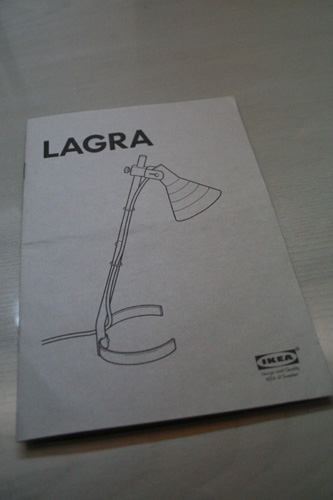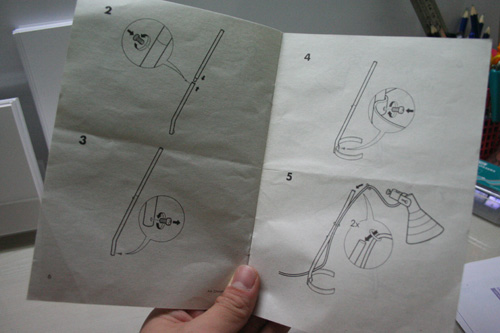 I encourage business blogging. I encourage business owners to start a blog and start writing.
I encourage business blogging. I encourage business owners to start a blog and start writing.
Yes, the business owner themselves. Not the PR people. Not some appointed “blogger” in the company, and certainly not a outsourced writer you get on Elance.
Why? Because nobody can (and should!) talk about your business as well as you do. Its your business, for goodness sake.
Write, starting today, not because your writing may be good, but because with consistent practise everyday, over the weeks, months and years, you know for sure your writing will improve.
The time to start honing your writing and expression skills is now, not when someone posts a disgusting video on YouTube and you realize you need your PR peeps to write a script for you to read from. The world values authenticity. Stop hiding behind the CEO title and start being a human.
And it doesn’t take long. I’m timing myself writing this post. 6 minutes and 48 seconds. Maybe when this whole post is done, I’ll take 10 minutes, maybe 15. If you own a business, can you take 15 minutes less in your “chicken talk” everyday and write something about your business, to reach out to the world?
Of course, you could. It boils down to a matter of this: Are you willing to do it?

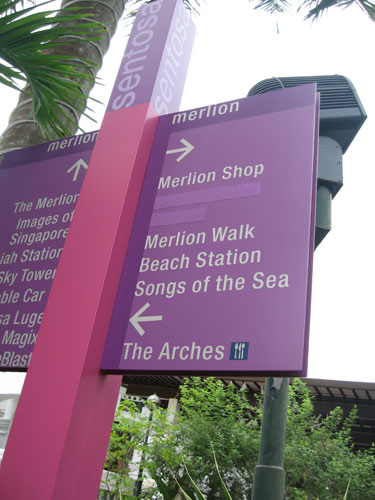
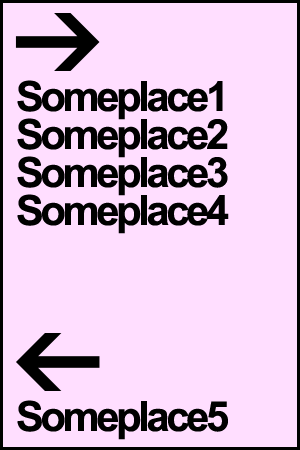
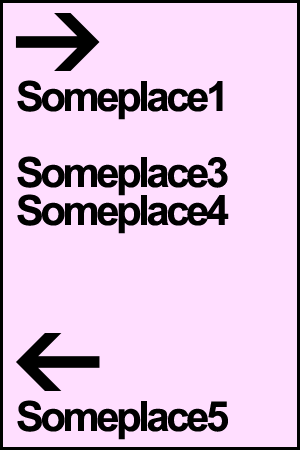
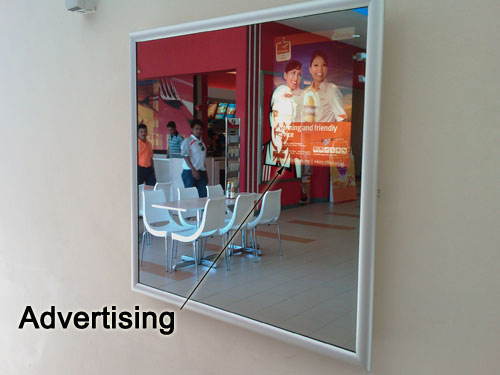
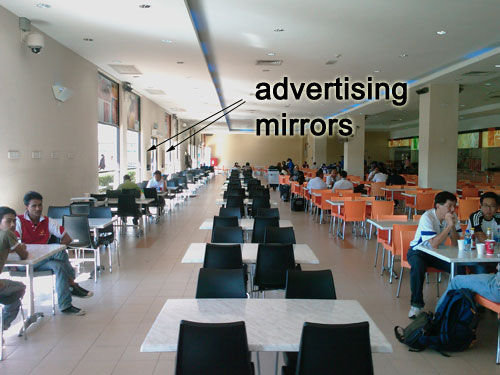
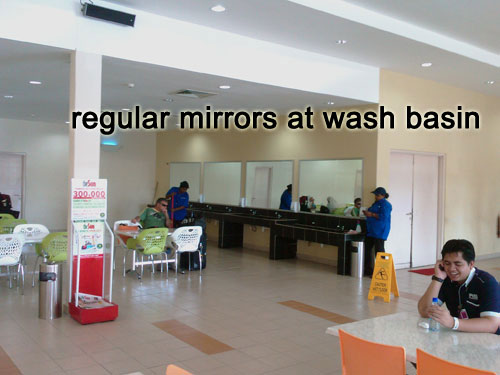
 ), it was the same. They put the mirror separate from the regular wash basins. In fact, they installed it at the entrance of the toilet, so “it will be perfectly visible” when you enter the toilet. Question is: would you stop to look at the mirror on your way in to the toilet? Well, at least, I won’t. I will be more concerned about getting my toilet business done first!
), it was the same. They put the mirror separate from the regular wash basins. In fact, they installed it at the entrance of the toilet, so “it will be perfectly visible” when you enter the toilet. Question is: would you stop to look at the mirror on your way in to the toilet? Well, at least, I won’t. I will be more concerned about getting my toilet business done first!